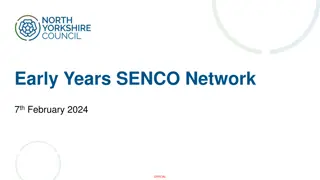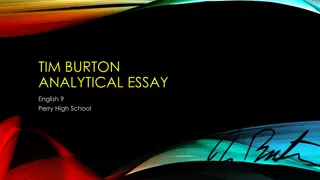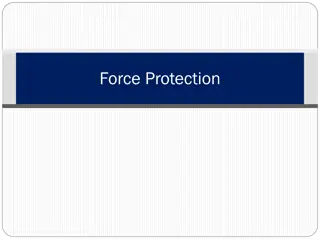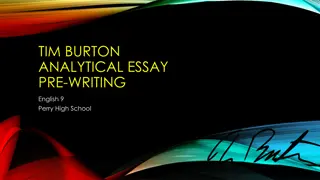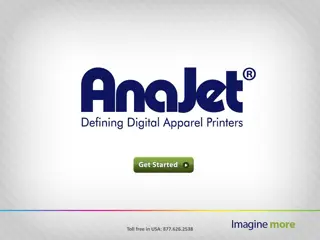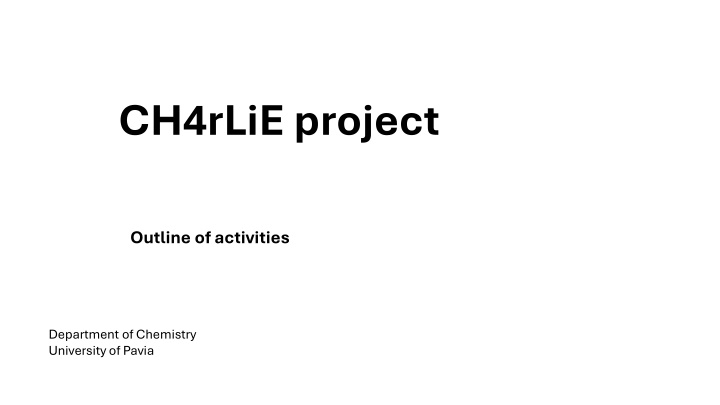
Innovations in Zeolite Chemistry at University of Pavia
Explore the groundbreaking research activities at the Department of Chemistry, University of Pavia focusing on zeolites as sorbents, molecular sieves, and catalysts. Discover the preparation methods, achievements, and future ideas in the field of zeolite chemistry.
Download Presentation

Please find below an Image/Link to download the presentation.
The content on the website is provided AS IS for your information and personal use only. It may not be sold, licensed, or shared on other websites without obtaining consent from the author. If you encounter any issues during the download, it is possible that the publisher has removed the file from their server.
You are allowed to download the files provided on this website for personal or commercial use, subject to the condition that they are used lawfully. All files are the property of their respective owners.
The content on the website is provided AS IS for your information and personal use only. It may not be sold, licensed, or shared on other websites without obtaining consent from the author.
E N D
Presentation Transcript
CH4rLiE project Outline of activities Department of Chemistry University of Pavia
Zeolites as a sorbent Zeolites are nano porous material (pores at molecular level) Aluminium substitutes silicon But negative charge is introduced Silicates Amorphous (glass)
Zeolites In zeolites we have both negative and positive ions Chemists sometimes they call them molecular sieves
+ + - - + - Dipolar cavities Quadrupolar cavities Due to their ease preparation, possibility to tailor the cavities (Si/Al ratio) and changing cations and the inertness of the Si/Al backbone, zeolites are extensively used in chemical catalysis from 1960
Gases normally present in the air like water, carbon dioxide, nitrogen.. Could compete with methane We were following two main strategies: High surface area Porous carbons Pyrolytic carbons Zeolites preparation (hydrothermal conditions) The two strategies could be combined
Things we achieved Dried Z5 and Z10 up to 97%, evident from TGA graph. Successfully prepared carbon over Z5 and Z10 using kraft lignin. Prepared Carbon over Zeosil 1165MP is a high dispersible silica material. Prepared around 10 grams of Z5-C 20% material. Prepared granules with Z5 as trial run for pyrolyzed carbon Z5 material. Things we didn t achieve Drying Z5 and Z10 to maximum (100%). Measuring GCMS of Barn samples of cow breath. Prepare carbon over Z5 and Z10 with urea and melamine compounds. Preparing UCSB-9 with modified procedure (210 C instead of 180 C) in short time (3 days instead of 5 days). Etching PLA with solvents and loading pyrolyzed Z5-C 20% on the surface. Future Ideas Preparing TUT-100- cobalt-based Zeolitic imidazole framework (ZIF). Preparing UCSB-9 without modified procedure and other zeolites. Preparing more Z5-C 20% pyrolyzed material and making it as granules.


